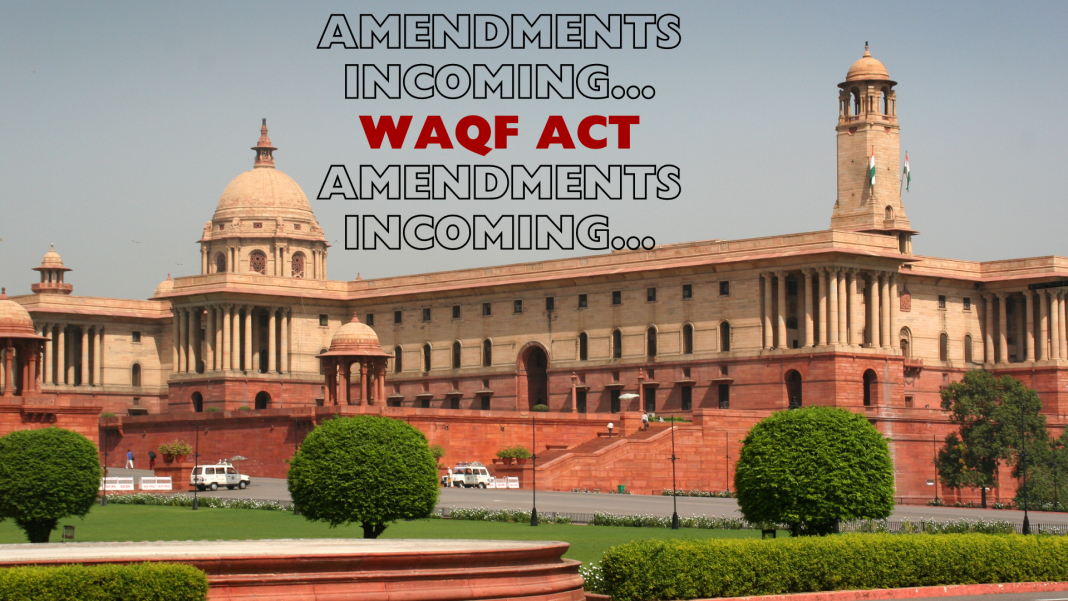Understanding Waqf: A Pillar of Islamic Philanthropy
Introduction
Waqf, an Islamic endowment, is a profound institution deeply rooted in Islamic law and tradition. The concept of waqf involves donating a property or asset for religious, educational, or charitable purposes, ensuring its benefits are perpetually used for the common good. This practice has historically played a vital role in the socio-economic development of Muslim societies, contributing to the establishment of schools, hospitals, mosques, and other public services.
Historical Background
The practice of waqf dates back to the early days of Islam, with its origins often attributed to the Prophet Muhammad himself. The first known waqf was a garden in Medina, donated by the Prophet for public use. This act set a precedent for Muslims to follow, establishing a culture of philanthropy and communal support. Over the centuries, waqf has evolved into a complex system, governed by Islamic jurisprudence and varying slightly across different Muslim societies.
Legal and Religious Foundations
Waqf is grounded in Islamic law, or Sharia, with specific guidelines outlined in the Quran and Hadith. The primary principle is the irrevocable dedication of a property for charitable purposes, with the stipulation that the donated asset remains intact and its usufruct (benefit) is used for the designated charitable cause. This ensures the perpetuity of the waqf, allowing it to provide continuous support to the community.
Types of Waqf
Waqf can be broadly classified into two types: public and private.
1. Public Waqf (Waqf ‘Amm): This type of waqf is dedicated to public welfare and can include the construction of mosques, schools, hospitals, and other community services. The benefits are intended for the general public, regardless of the beneficiaries’ socio-economic status.
2. Private Waqf (Waqf Khaas): Also known as family waqf, this type is established to support the donor’s family and descendants, ensuring financial stability and welfare. However, a portion of the benefits must still be allocated to charitable causes.
Management and Administration
The management of waqf properties is crucial to ensure their sustainability and effectiveness. Typically, a waqf is overseen by a trustee (mutawalli), who is responsible for maintaining the property, collecting its revenues, and disbursing the benefits as per the waqf deed. In some countries, waqf institutions are regulated by government bodies to ensure transparency and accountability.
Contemporary Relevance
In modern times, the concept of waqf remains highly relevant, offering a framework for sustainable development and social welfare. Various Muslim-majority countries have revitalized their waqf institutions to address contemporary challenges such as poverty, education, and healthcare. International organizations and Islamic financial institutions are also exploring innovative ways to integrate waqf into the global philanthropic landscape.
Conclusion
Waqf is a testament to the enduring spirit of Islamic philanthropy, embodying principles of charity, communal responsibility, and social justice. Its historical significance and contemporary applications underscore its potential to foster sustainable development and uplift communities. By preserving and promoting the practice of waqf, Muslim societies can continue to honor a rich legacy of giving and support for generations to come.




